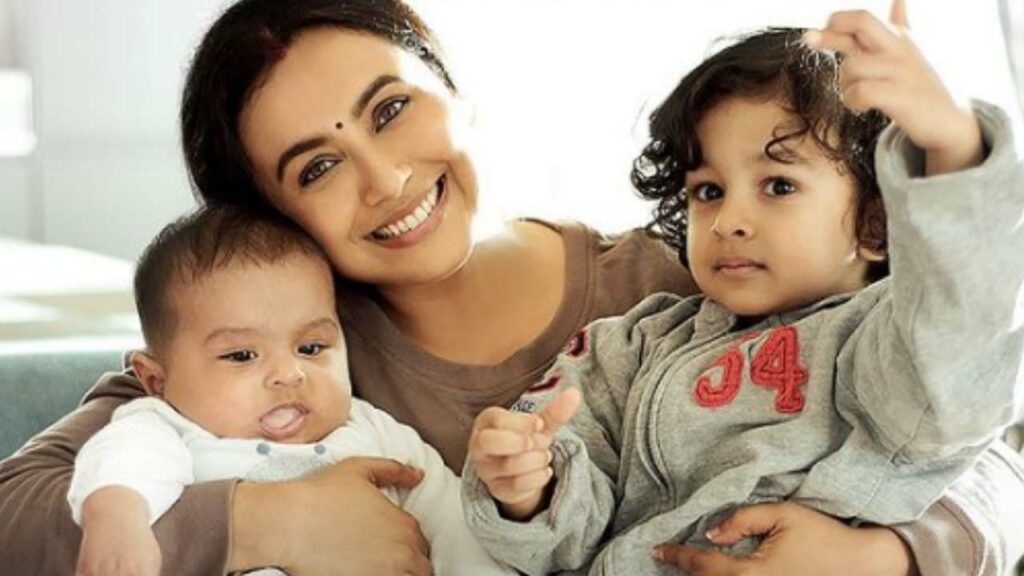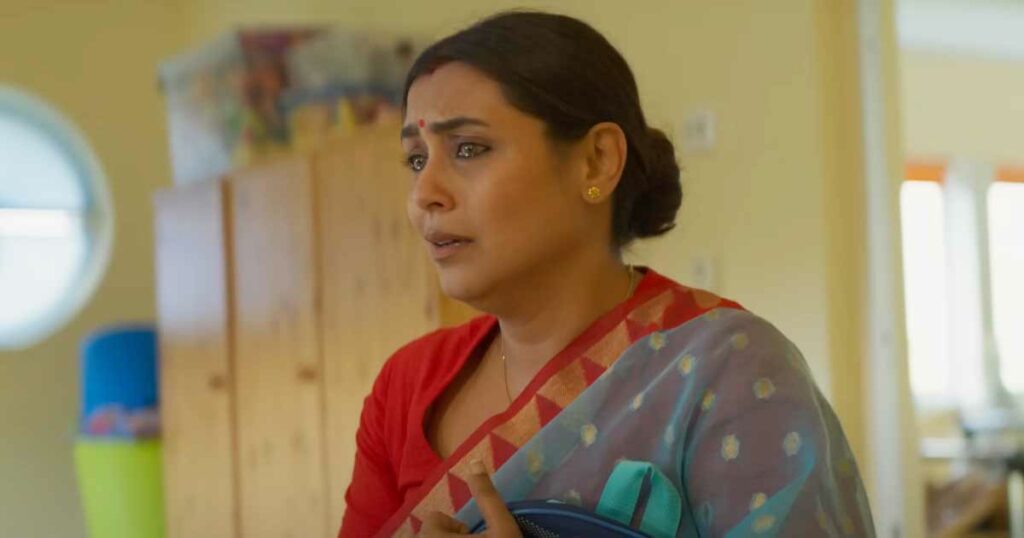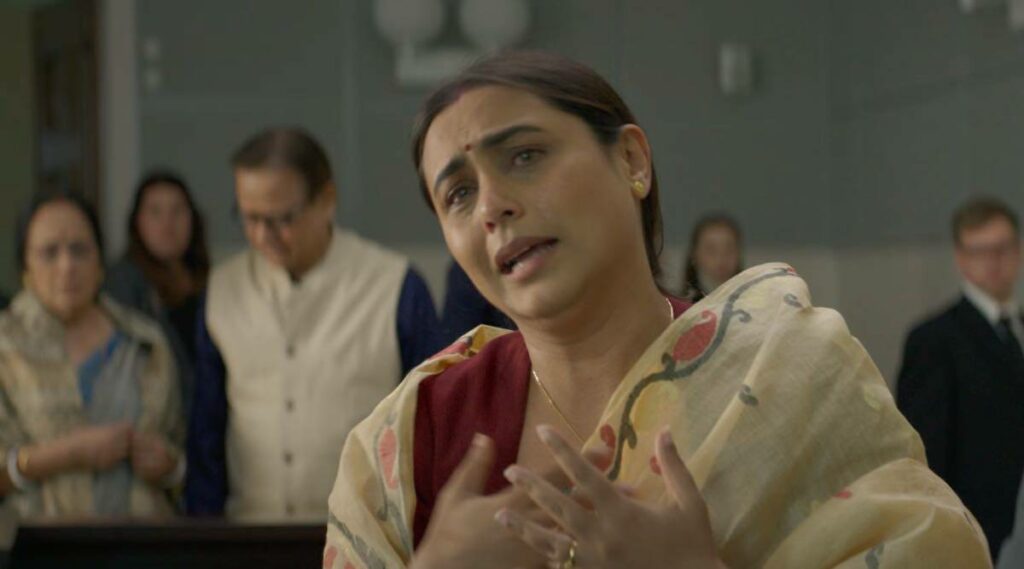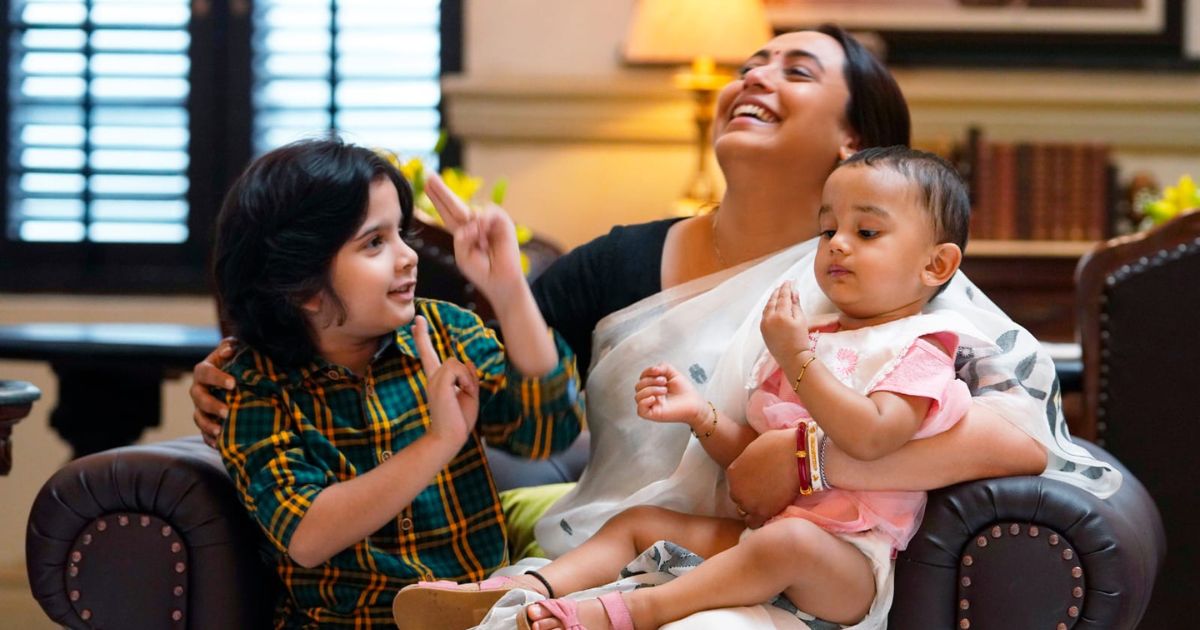A legal drama film directed by Ashima Chibbar, Mrs Chatterjee Vs Norway is based on the real-life account of an immigrant Indian mother who battled against the existing law of a country to win custody of her children.
The case involved a Norwegian child welfare agency’s decision to remove two children from their Indian parents based on concerns about their parenting practices seen majorly from the lens of cultural differences from mainstream Norwegian beliefs.
Simply put, from a feminist perspective the case requires to be critically examined in the ways cultural beliefs and differences evaluated are mostly from the position of power. In the context of family law and child welfare, usually, most of those laws are arbitrary in nature.
Cultural practices can’t be static
Feminists have long argued that cultural practices can’t be static and need to be transitional depending on social, political and economic needs. In the Chatterjee case, the Norwegian child welfare agency removed the children from their parents due to Indian culture and parenting practices. These decisions fail to take into account the constantly changing dynamics of Indian culture and its identities into consideration. Without justifying the arc of contradiction and flaws that exist within the practices conducted in Indian families which also needs to be acknowledged and understood.
The Chatterjee case highlights the need for a more nuanced and culturally sensitive approach to child welfare and family law. This approach should recognise the diversity of cultural practices and how they intersect with gender, race, and other axes of power. It should also prioritise the voices and perspectives of marginalized communities and seek to empower families to make decisions about their own lives and the lives of their children.
On top of this, the pretext of the decision mostly was based on a gendered and radicalised stereotype of Indian mothers stating being controlling and demanding.

The film’s effort to over-emphasise the complex marital relationships lacks to bring clarity through its narration. This stereotype is not only harmful to Indian women but also reinforces a broader narrative of non-western cultures as being inherently oppressive to women.
As the film progress, the husband Anirudh was shown as an abusive husband. Though the character remains on a cliffhanger, it isn’t clear how the character plays out in the film narration.
The effort to address the social concern is commendable in the film but at the same time, it is undeniable how the characters failed to find a place that is concrete, concise and sensible.
From a feminist perspective, the Chatterjee case highlights the need for a more nuanced and culturally sensitive approach to child welfare and family law. This approach should recognise the diversity of cultural practices and how they intersect with gender, race, and other axes of power. It should also prioritise the voices and perspectives of marginalised communities and seek to empower families to make decisions about their own lives and the lives of their children.
Chatterjee Vs Norway and the Indian law
The Chatterjee Vs Norway case has also raised comparisons between Indian law and how cultural practices intersect with family law. In India, family law is governed by personal laws based on religious and cultural practices, which can vary widely between different communities.
One of the key similarities between the Chatterjee case and Indian family law is how cultural practices are evaluated and judged by those in positions of power. In both cases, there is a tendency to essentialise and stereotype cultural practices, rather than recognising their diversity and complexity. This can result in harmful and discriminatory practices, particularly when it comes to issues of child welfare.

This was not the only case of similar type. Another Indian couple was imprisoned by a Norwegian court on the ground of child abuse. Further, another Indian couple was seen struggling to deal with the authorities of Germany. Their 7-month-old child was taken away by the authorities after the child suffered an injury. In most such cases, the Child Protection Authority coerce the profiling of the parents and declare them unfit for parenting.
The concept of human rights is complex in nature and the standardised definition is derived from Western theories and history. The question which arises here is. “Is it applicable in non-western countries?” Regardless of diverse intersectional identities like race, gender, religion, caste and class how does the universal definition of human rights, parenting and family law play out?
However, there are also important differences between the Chatterjee case and Indian family law. One of the key differences is the level of state intervention in family matters. In India, the state has historically been reluctant to intervene in family matters, particularly concerning domestic violence and child abuse. This has often led to a lack of protection for vulnerable individuals and the perpetuation of harmful cultural practices.

In recent years, there has been a growing recognition of the need for greater state intervention in family matters in India. This has been driven in part by feminist activism and advocacy, which has highlighted how cultural practices can perpetuate gender-based violence and discrimination. As a result, there have been significant reforms to family law in recent years, including the criminalisation of certain forms of domestic violence and the recognition of women’s rights to property and inheritance.
Personal laws in India are often based on religious and cultural practices that can be deeply patriarchal and discriminatory, particularly towards women and marginalised communities.
One of the critical challenges in reforming family law in India has been the tension between religious and cultural practices and the need to protect individual rights and freedoms. Personal laws in India are often based on religious and cultural practices that can be deeply patriarchal and discriminatory, particularly towards women and marginalised communities. However, there is also strong resistance to changing these laws, as they are seen as integral to maintaining cultural and religious identity.
In this context, the Chatterjee case raises important questions about how cultural practices should be evaluated and judged in the context of family law. In particular, it highlights the need for a more nuanced and culturally sensitive approach that takes into account the diversity of cultural practices and how they intersect with gender, race, and other axes of power.
One potential approach to addressing these challenges is through the use of human rights frameworks, which seek to balance the protection of individual rights and freedom with respect for cultural and religious practices.
Human rights frameworks recognise the importance of cultural diversity and respect for cultural practices but also place limits on how these practices can infringe on individual rights and freedoms.

In the context of family law, a human rights approach would require a recognition of the importance of cultural practices, but also a commitment to protecting individual rights and freedoms, particularly those of women and marginalised communities. This would require a more nuanced and culturally sensitive approach to evaluating cultural practices, one that recognises their diversity and complexity and avoids essentialising and stereotyping.
Moreover, a human rights approach would prioritise the voices and perspectives of marginalised communities and seek to empower families to make decisions about their own lives and the lives of their children.
Need for greater recognition of agency and autonomy
The need for greater recognition in terms of agency and autonomy of individuals should not be diluted at any cost. Holding on to own cultural community beliefs should be recognised, addressed and reinterpreted in nuanced and holistic nature promoting rights and freedom.
In a simpler context, the Chatterjee Vs Norway case highlights important issues about the intersection of cultural practices and family law and raises comparisons with Indian law. While there are significant differences between the two, there are also important similarities, particularly in how cultural practices are evaluated and judged by those in positions of power.
About the author(s)
Ritwik is a northeastern Bahujan who has been a journalist for 2 years. He has also been a UN fellow for the year 2021-22. He has worked on several papers like writing about reportage in broadcast media on women impacted by floods in the northeast. He is currently working on queer representation in the regional press of Assam. Most of the work focused on gender, sexuality, intersectionality, climate change, marginalised and vulnerable communities and data journalism.
He has been a contributing writer at Youth ki Awaaz, Feminism in India and Swaddle for the last 4 years.






